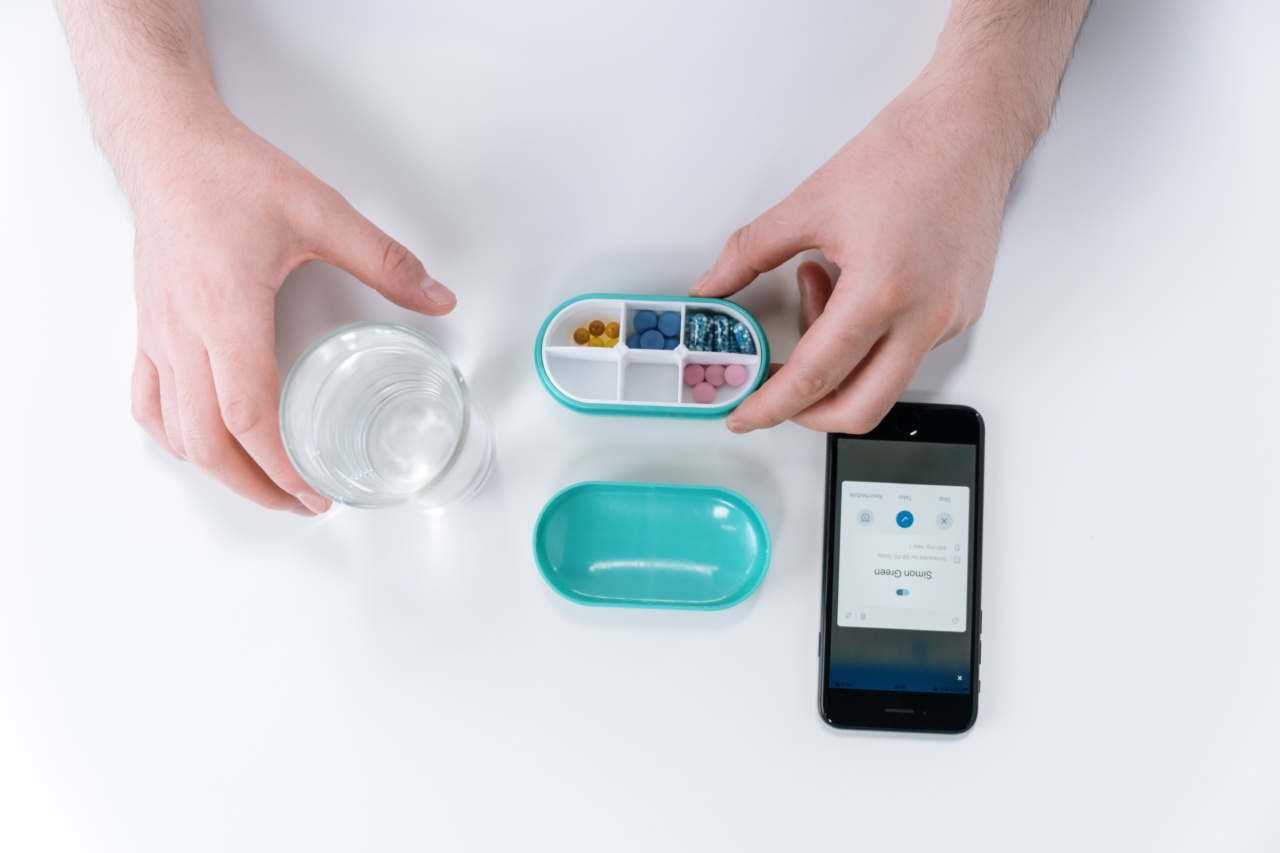HIV or Human Immunodeficiency Virus is a virus that weakens the immune system by attacking CD4 cells. It is a virus that spreads through bodily fluids such as blood, semen, vaginal fluids, anal fluids, and breast milk.
It can lead to Acquired Immunodeficiency Syndrome or AIDS. The virus can stay in the body for years without showing any symptoms. However, when left untreated, it can cause damage to the immune system and lead to life-threatening illnesses.
The Importance of HIV Treatment
HIV treatment is very important because it helps to reduce the amount of virus in the body. This is important because when the virus is not present in large amounts, the immune system can function better.
It can also prevent the virus from being transmitted to others. HIV treatment can prolong the life of the infected person and improve their quality of life.
HIV Treatment Options
There are different types of HIV treatment options available. These options include antiretroviral therapy or ART, post-exposure prophylaxis or PEP, and pre-exposure prophylaxis or PrEP.
Antiretroviral Therapy (ART)
This is the most common treatment option for people living with HIV. ART involves a combination of drugs that target the virus. The drugs work by preventing the virus from reproducing.
When the virus cannot reproduce, the amount of virus in the body decreases, and the immune system can function better. ART can also prevent the virus from being transmitted to others.
Post-Exposure Prophylaxis (PEP)
PEP involves taking antiretroviral drugs after being exposed to HIV. This may be in cases where someone has been exposed to HIV through sexual intercourse or needle sharing. PEP needs to be started within 72 hours of exposure to be effective.
Pre-Exposure Prophylaxis (PrEP)
PrEP is a drug that is taken daily by people who are at risk of contracting HIV. This may include people who have multiple sexual partners or people who inject drugs. PrEP works by preventing the virus from taking hold in the body.
Benefits of HIV Treatment
HIV treatment has many benefits for people living with HIV. These benefits include the following:.
Stabilizes the immune system
HIV treatment helps to stabilize the immune system by reducing the amount of virus in the body. When the virus is not present in large amounts, the immune system can function better. This can help to prevent other illnesses from occurring.
Improves quality of life
When people living with HIV receive treatment, their quality of life improves. They are able to lead normal lives and carry out everyday activities without being limited by their condition.
Prolongs life
HIV treatment can prolong the lives of people living with HIV. When the virus is managed effectively, people with HIV can live long and healthy lives.
Reduces transmission to others
HIV treatment can prevent the transmission of the virus to others. When the virus is not present in large amounts, it is less likely to be transmitted to others.
Barriers to HIV Treatment
Despite the benefits of HIV treatment, there are still some barriers that prevent people living with HIV from accessing treatment. These barriers include:.
Stigma and Discrimination
Stigma and discrimination continue to be major barriers to HIV treatment. Many people living with HIV fear being judged and ostracized by society. This can prevent them from seeking treatment.
Lack of access to healthcare
Many people living with HIV do not have access to adequate healthcare. They may live in remote areas without access to healthcare facilities. Or they may be unable to afford the cost of treatment.
Lack of knowledge about HIV treatment
Some people living with HIV may not have enough knowledge about HIV treatment. They may not understand how important it is to receive treatment and may not know where to access treatment.
Conclusion
HIV treatment plays a critical role in the management of HIV. It helps to stabilize the immune system, improve quality of life, prolong life, and prevent transmission to others.
There are different treatment options available, including antiretroviral therapy, post-exposure prophylaxis, and pre-exposure prophylaxis. However, there are still some barriers that prevent people living with HIV from accessing treatment, such as stigma and discrimination, lack of access to healthcare, and lack of knowledge about HIV treatment.
It is important to address these barriers so that all people living with HIV can access the treatment they need to improve their health and wellbeing.






























